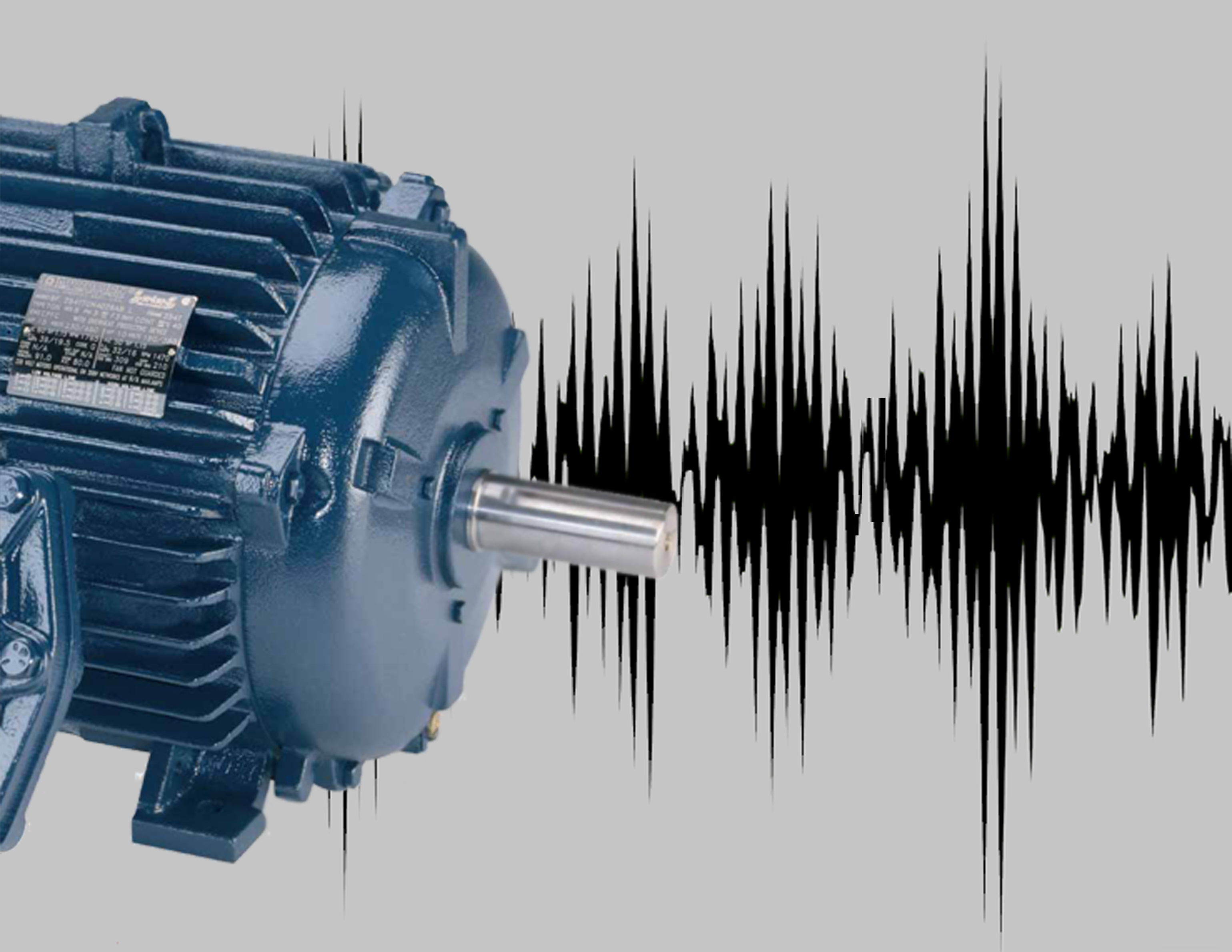The noise level of coreless motor is affected by many factors. Here are some of the main factors and their effects:
1.Structural design: The structural design of coreless motors has an important impact on noise levels. The structural design of the motor includes design parameters such as the geometry of the rotor and stator, the number of blades, and the slot shape. These design parameters affect the vibration and noise levels of the motor. For example, proper blade design can reduce air turbulence noise and reduce noise levels. In addition, the structural design of the motor also includes the selection of bearings, the matching of the rotor and stator, etc., which will also affect the vibration and noise levels of the motor.
2.Materials and manufacturing process: The material selection and manufacturing process of the coreless motor will affect the vibration and noise level of the motor. The use of high-strength, low-vibration materials and precision manufacturing processes can reduce motor vibration and noise. For example, the use of high-precision machining technology can reduce the imbalance of the rotor and stator, reduce vibration and noise.
3.Load conditions: The operating status of the motor under different loads will affect the noise level. The vibration and noise generated by the motor will be greater at high loads. High loads will cause increased stress on the motor, causing greater vibration and noise. Therefore, vibration and noise characteristics under different loads need to be considered when designing motors to reduce noise levels.
4.Speed: The speed of the coreless motor has a significant impact on the noise level. Motors running at high speeds produce more noise. High-speed operation will cause increased mechanical friction and air turbulence noise inside the motor. Therefore, it is necessary to reasonably control the motor speed during design and use to reduce noise levels.
5.Control method: The control method of the motor, such as PWM speed regulation, sensor control, etc., will also affect the noise. Reasonable control methods can reduce motor vibration and noise. For example, the use of advanced control algorithms can achieve smooth motor operation and reduce vibration and noise.
6.Magnetic field design: The magnetic field design and magnetic field distribution of the motor will affect the vibration and noise levels of the motor. Reasonable magnetic field design can reduce the vibration and noise of the motor. For example, using optimized magnetic circuit design and magnetic field distribution can reduce magnetic field fluctuations and magnetic imbalance, and reduce vibration and noise.
7.Environmental conditions: Environmental temperature, humidity and other factors will also affect the noise of the motor. For example, high temperatures can cause materials inside the motor to expand, increasing vibration and noise. In addition, environmental conditions also include the installation environment of the motor, such as fixing methods, supporting structures, etc., which will also affect the vibration and noise levels of the motor.

To sum up, the noise of coreless motors is affected by many factors, including structural design, materials and manufacturing processes, load conditions, speed, control methods, magnetic field design and environmental conditions. Proper design, manufacturing and control can reduce the noise level of the motor and improve the working efficiency and comfort of the motor.
If you choose our Sinbad, we will customize the least noise and the most suitable coreless motor for you according to different products and use environment!
Post time: Apr-01-2024

